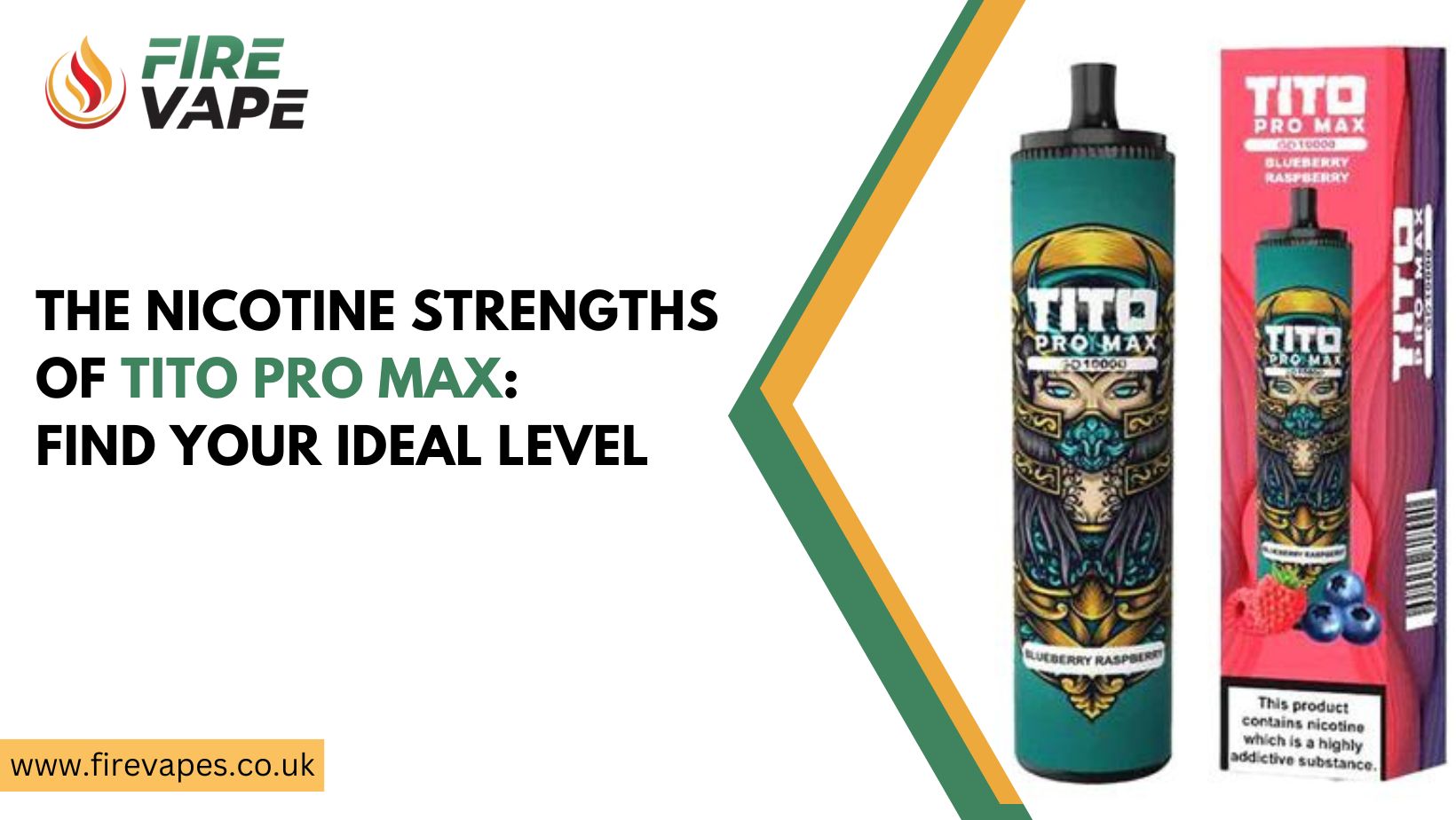Spills can pose major dangers to the environment, human health, and safety, whether they happen in industrial settings, labs, or even during ordinary activities. Having a dependable and adaptable solution available is crucial for you to be able to respond to these situations and lessen their effects. The General Purpose Spill Kit can be used in this situation. We will go through the significance of spill kits, their components, how to use them, and why a multipurpose spill kit is a useful tool for any organization in this extensive tutorial.
How Important Spill Kits Are
Spill occurrences can range in severity from little mishaps like a spilled coffee cup to significant chemical spills in industrial settings. The main objective is to stop the spill from spreading, confine it, and securely clean it up. Inadequate spill response can have serious effects, including environmental contamination, health concerns, legal repercussions, and property loss.
By offering a methodical approach to spill response, spill kits are instruments that were specifically created to reduce these hazards. Any organization that works with dangerous products or operates in locations where spills are a possibility must have them. An organized spill kit guarantees that responders have the tools and materials on hand to act swiftly and effectively in the event of a leak.
General-purpose spill kit components
A general-purpose spill kit normally consists of a range of parts that may be used for various spills. Here are the typical elements you might anticipate finding in a general-purpose spill kit, however precise contents may vary based on the manufacturer and the kit’s intended use:
Absorbing substances
- These rolls and pads for absorbing liquids are used to clean up accidents.
- Absorbent booms or socks are cylindrical tubes with a circumference that allows them to enclose and contain bigger spills.
- Loose absorbents, such as grains or clay, can be used to quickly absorb and solidify spilled liquids.
Equipment for personal protection (PPE)
- Gloves: To prevent hands from coming into touch with dangerous chemicals up close.
- Googles: To protect the eyes and face from splashes and flying debris, wear goggles or a face shield.
- Disposable suits or coveralls: To shield the skin and clothes from infection.
Cleaning Supplies
- Brooms and dustpans: For cleaning up spills that have settled.
- Scoops and shovels: They are useful for cleaning up bigger amounts of spilled material.
- Disposal bags and ties: To contain and get rid of old absorbents in a secure manner.
Possession and containment
- Labels and bags for disposing of hazardous waste: to correctly recognize and get rid of any tainted goods.
- Waste disposal bags are tightly sealed with zip ties or twist ties.
Knowledge and Instruction
- Emergency Response Guidebook: Step-by-step instructions are provided in the emergency response handbook for addressing spills.
- Material Safety Data Sheets (MSDS): Details on the characteristics and risks associated with certain substances.
Utilizing a Multi-Purpose Spill Kit
A thorough grasp of the spill response procedure and the right training are essential for operating a spill kit like Chemical Kit Overpack Drum effectively. The main procedures to follow when utilizing a spill kit to respond to a spill are as follows:
Assessment of the Situation
- Identify the spill’s magnitude and nature.
- Evaluate any possible risks, such as those posed by fire or the chemicals used.
- Ensure the security of first responders and, if necessary, evacuate the area.
Wear personal protective gear
- Put on the proper PPE to prevent exposure to dangerous chemicals.
Hold the Spill Back
- Booms or absorbent socks can be used to surround spills with a barrier.
- Ensure that the spill doesn’t spread to nearby places.
Catch the Spill
- To soak up the liquid, cover the spill with absorbent rolls or pads.
- As needed, use loose absorbents to help the spill set up.
Gather and Get Rid of
- Gather the spent absorbents with care, then put them in disposal bags for hazardous waste.
- Use zip ties or twist ties to close the bags.
Sanitize the Area
- Any leftover spill residue may be cleaned up using brooms, dustpans, and other cleaning supplies.
- All hazardous materials should be disposed of in line with local laws.
Document and Report
- Inform the proper authorities and the management of your company about the leak.
- Complete all required paperwork, such as material safety data sheets and incident reports.



